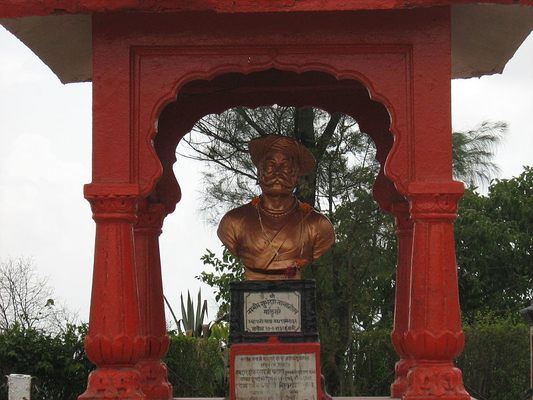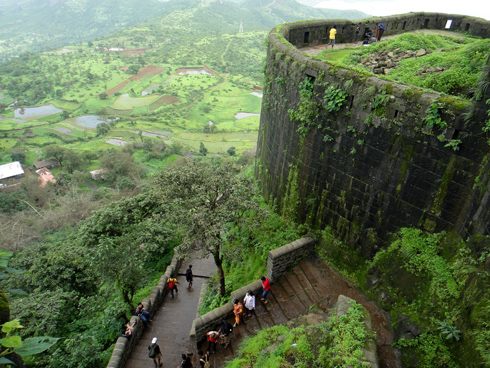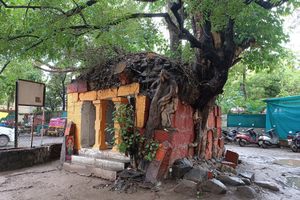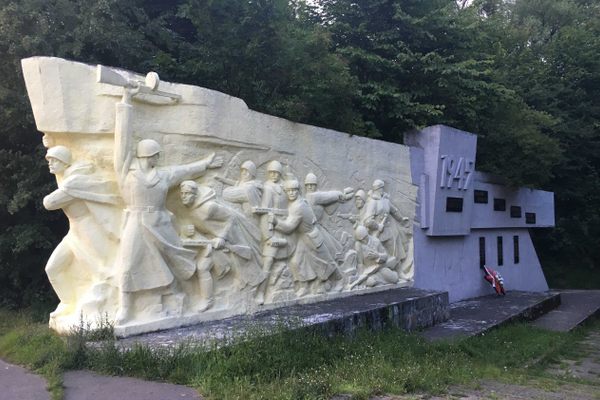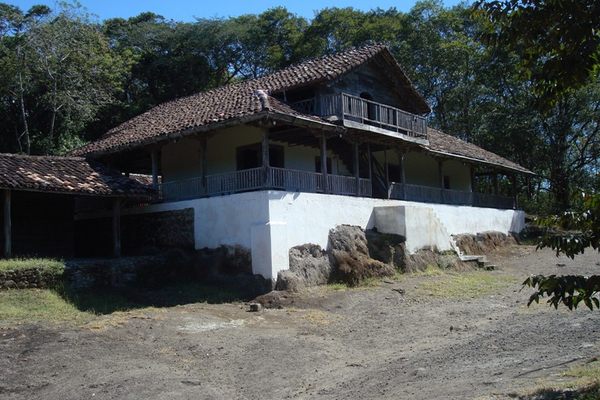About
For centuries, this fort was called Kondhana, named after the monk Kaundinya. The nearby temple and cave carvings indicate that the fort is around 2,000 years old. The fortress changed hands several times over the years as different factions controlled the region during the middle ages.
The most well known tale of war and struggle surrounding the fortress is the Battle of Sinhagad on February 4th, 1670. The battle was fought between Maratha commander Tanaji Malusare, from the Koli community, and Udaybhan Rathore, a Rajput fort keeper under Jai Singh I.
It's said that Malusare scaled the walls using a monitor lizard named Yashwanti, who climbed the wall with a rope and pulled it around the bastion. After scaling the wall, they were met by guards and fighting ensued. Both Malusare and Rathore died in the conflict, but the Maratha forces eventually prevailed.
The fort was renamed and a bust of Malusare was erected in his honor. Sinhagad literally translates to "Lion's Fort," the lion being Malusare's nickname. There is an anecdote that upon hearing of Malusare's death, Chhatrapati Shivaji Maharaj expressed his remorse with the words, "Gad aala, pan Sinha gela" or "The Fort is conquered, but the Lion was lost."
It was also an important site during India's fight for independence. Bal Gangadhar Tilak, also known as 'The Father of Indian Unrest," used the fort as a summer home, and it was here that he had a historic meeting with Mahatma Gandhi after his return from South Africa.
Today, the fort only exists as ruins and is a popular tourist attraction. It's possible to trek to the top, around 1.6 miles from the village.
Related Tags
Know Before You Go
Currently, non-vegetarian food, partying including alcoholic beverages and smoking is banned at the fort.
Delhi and Rajasthan: Colors of India
Discover Colorful Rajasthan: From Delhi to Jaipur and Beyond.
Book NowCommunity Contributors
Added By
Published
March 30, 2020

